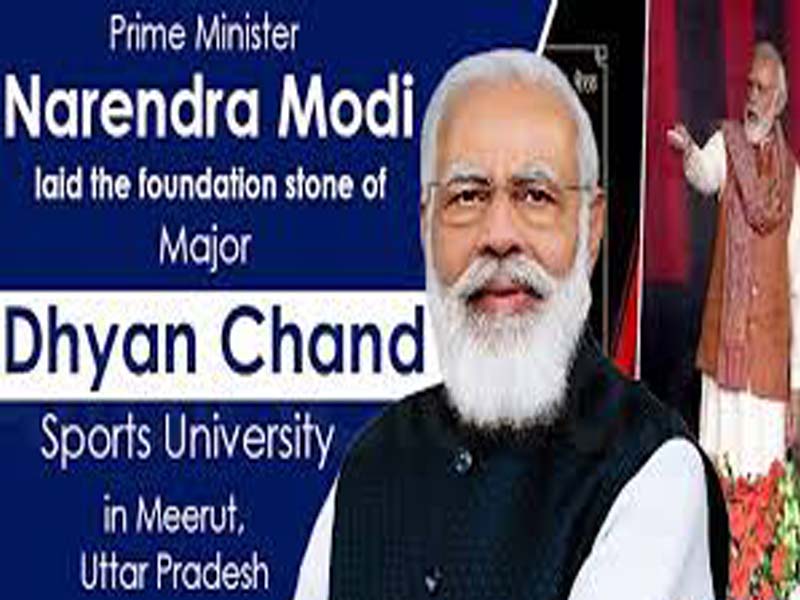Ramappa temple: Telangana’s first UNESCO World Heritage Site
The 800-year-old, Ramappa temple is well known for its variety of carvings of dancers, animals, and musicians in a unique way. Even after the temple was partly damaged in a powerful earthquake years ago, it stands majestically even today.
About 200 km north-east of Hyderabad, capital of Telangana, in the village of Palampet, stands a marvel of Indian history, the Ramappa temple, which is also known as Rudreshswara temple. This medieval wonder dates back to 1213 AD and was built by the Kakatiya ruler Kakati Ganapati Deva, but the temple is named after its chief architect, Ramappa, making it perhaps the only temple in India to be known by the name of its sculptor. It took almost 40 years to construct the temple.
On June 25, 2021, the United Educational, Scientific, and Cultural Organization (UNESCO) declared the Ramappa temple World Heritage Site, making it the 40th such site in India.
The Ramappa temple is built on 2-metre high star shaped platform and its walls, pillars and ceilings are decorated and adorned with intricate carvings, displaying the mastery of the Kakatiya sculptors. They also used unique techniques to build it. For instance, one of the main reasons for the temple to be accorded the UNESCO tag was that it was built with the sandbox technique.
This technique was quite unique to the Kakatiya dynasty and was also used by Kakatiya rulers for the construction of another renowned temple in the region, the Thousand Pillar Temple in Warangal. This technique has protected the structure from destruction, even in case of an earthquake as the temple withstood a major earthquake in the 17th century, and yet emerged largely unscathed. Due to the earthquake, the floor base of Ramappa temple (plinth beams) popped out from the ground, leading to cracks in some sculptures.
The main structure of the temple was built in red sandstone, while the temple’s decorated beams and pillars are carved in granite with a distinctive and pyramidal Vinama (horizontally tower) which is made of lightweight porous bricks. The most mesmerising feature of the temple is that it is built with bricks that are so light that they can easily float on water.
“Architects of ancient Indian temples had a unique way of blending art and science, to create a magical effect ancient India was far more developed than we thought,”










